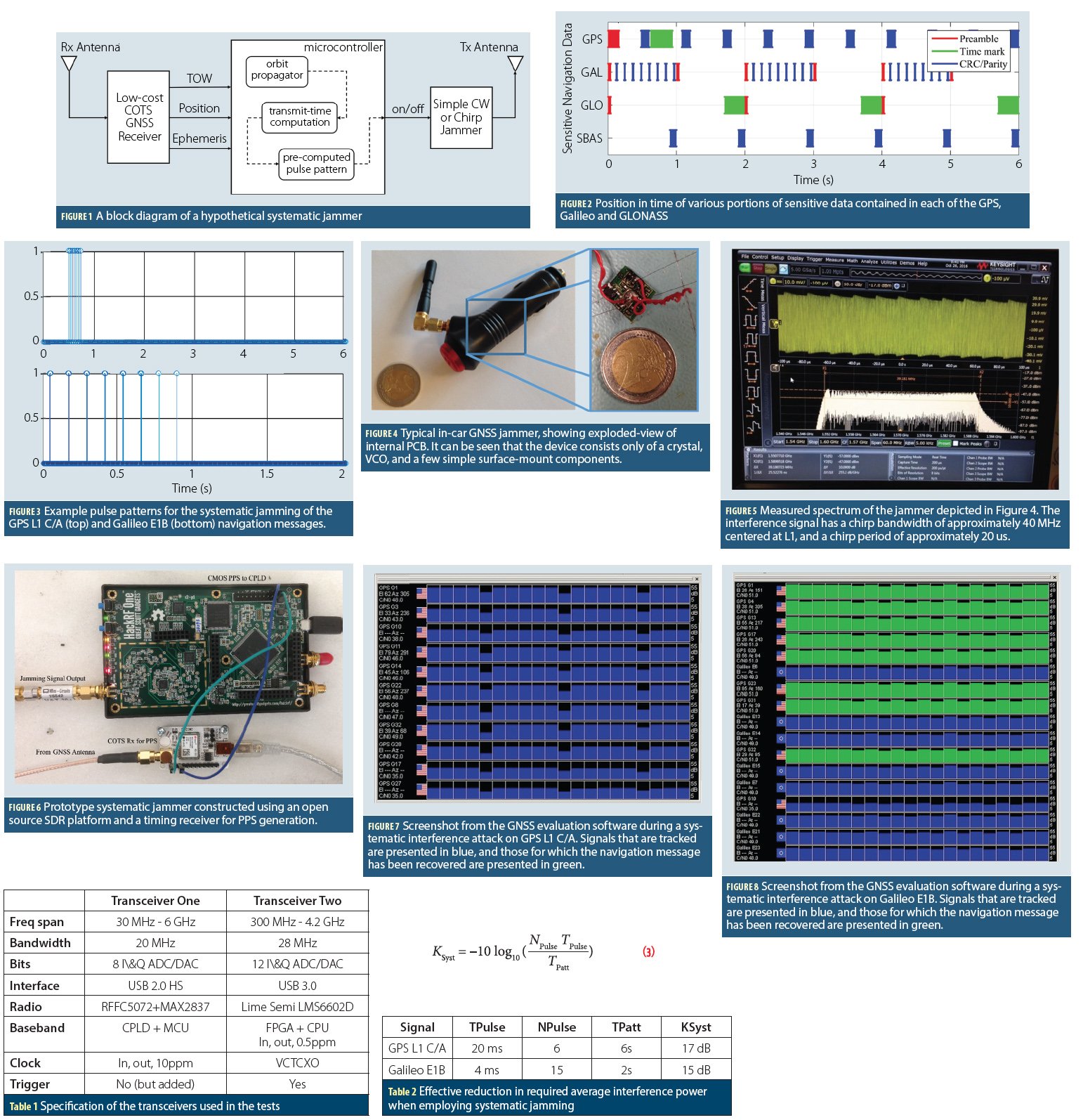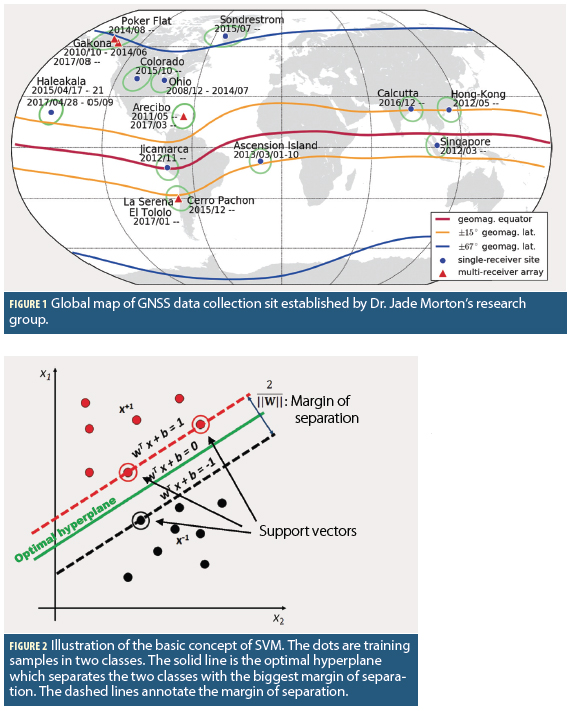Denmark Planning New GNSS-Based Road User Charging Scheme
As part of its climate change policy aimed at reducing emissions by 70% by 2030, the Danish Government is rapidly moving towards the introduction of a GNSS-based road user charging (RUC) scheme for heavy goods vehicles (HGV). The intention is to introduce the new system starting in 2025, which will replace Denmark’s participation in the Eurovignette scheme, which applies to HGV weighing 12 tons or more.
By Peter Gutierrez

































